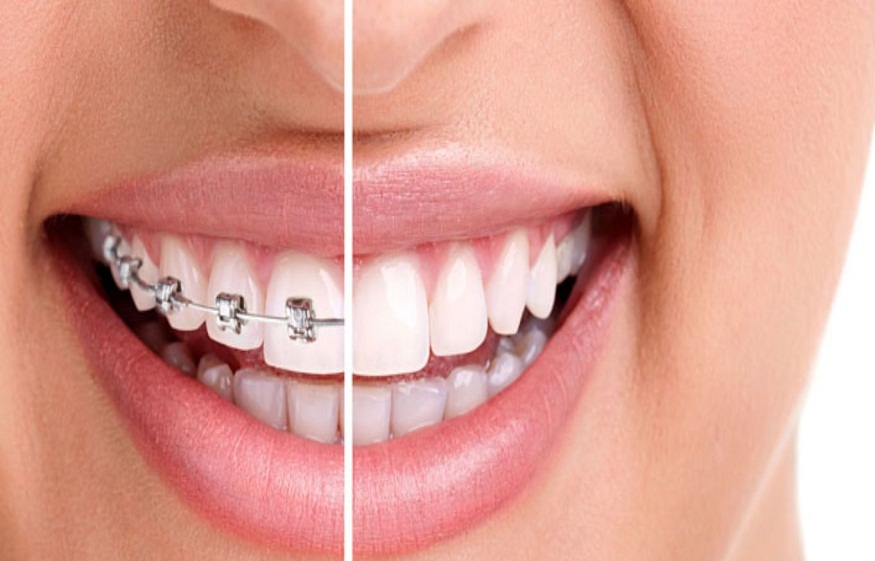At our dental office in Houston, we understand that achieving a healthy, straight smile is just the first step in a lifelong oral health and wellness journey. After months or even years of orthodontic treatment, the retention phase is a critical final step that ensures the results achieved during active treatment are maintained for years to come. During this phase, a retainer is worn to hold the teeth in their corrected position, allowing the surrounding bone and gum tissue to adapt and stabilize.
In this article, we’ll explore the importance of the retention phase in orthodontics, and guide how to make the most of this critical final step in achieving a healthy, beautiful smile.
What is The Retention Phase?
The retention phase is the final stage of orthodontic treatment, and its primary goal is to maintain the new position of the teeth and jaws. During this phase, a retainer is worn to hold the teeth in their corrected position, allowing the surrounding bone and gum tissue to adapt and stabilize.
Why is The Retention Phase Important?
The retention phase is crucial for several reasons:
- Prevents Relapse: Without a retainer, the teeth can shift back to their original position, undoing the progress made during the active treatment phase.
- Allows for Bone Remodeling: The retention phase gives the surrounding bone and gum tissue time to adapt to the new position of the teeth, ensuring long-term stability.
- Maintains Bite Alignment: The retainer helps to maintain the correct bite alignment, ensuring proper chewing and speaking functions.
- Enhances Oral Health: By maintaining the corrected position of the teeth, the retainer helps to prevent oral health issues, such as tooth decay and gum disease.
What Are Retainers?
A retainer is a custom-made orthodontic appliance designed to maintain the corrected position of teeth after orthodontic treatment. Typically made of metal, plastic, or a combination of both, retainers are worn to prevent teeth from shifting back to their original position, ensuring long-term stability and alignment of the teeth and bite.
What Are The Types of Retainers Used in Orthodontics?
There are several types of retainers available, including:
- Hawley Retainers: These are the most common type of retainer, consisting of a metal wire and acrylic material.
- Clear Retainers: These are made of clear plastic and are nearly invisible.
- Bonded Retainers: These are attached to the back of the teeth and are usually used for lower teeth.
- Removable Retainers: These can be taken out for cleaning and are usually worn at night.
How Long Does the Retention Phase Last?
The duration of the retention phase varies depending on individual factors, such as the severity of the initial orthodontic issue and the type of retainer used. On average, the retention phase can last anywhere from 6 months to 2 years or more.
What Are The Tips for Successful Retention?
To ensure successful retention, follow these tips:
- Wear Your Retainer as Directed: Follow your orthodontist’s instructions for wearing your retainer.
- Clean Your Retainer Regularly: Clean your retainer with soap and water to prevent bacterial buildup.
- Avoid Eating or Drinking with Your Retainer: Remove your retainer before eating or drinking to prevent damage or discoloration.
- Attend Regular Follow-Up Appointments: Schedule regular appointments with your orthodontist to monitor the retention phase.
Final Thought
In conclusion, the retention phase is a crucial component of orthodontic treatment that ensures the long-term stability and health of your smile. By understanding the importance of retention and following proper retainer wear and care instructions, you can maintain the results achieved during active treatment and enjoy a healthy, beautiful smile for years to come.
Remember, retention is not just a final step in orthodontic treatment – it’s a lifelong commitment to protecting your investment and preserving your oral health. With proper care and maintenance, you can enjoy a confident, radiant smile that enhances your overall quality of life.

